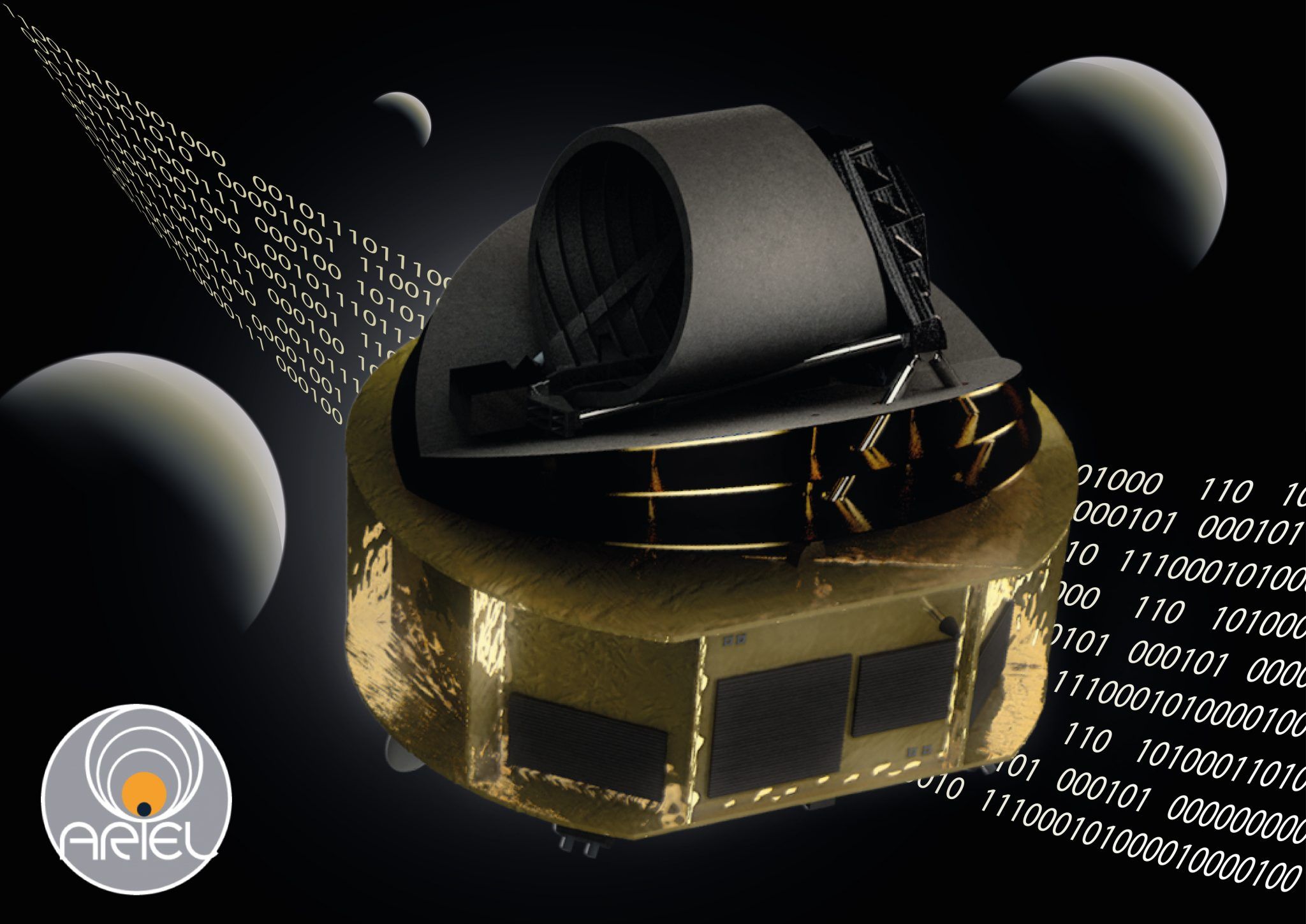New Evidence for Methane a Sign of Extraterrestrial Life
Article by Sarah Kahle February 10, 2021 (dailyuw.com)
• Scientists know that methane is produced two ways: first by living biological microbes converting carbon monoxide into methane, and second by volcanos and deep sea hydrothermal vents. A biologically active exoplanet – the kind that astronomers search star systems for – could be detected by its abundance of methane.
• The James Webb Space Telescope (pictured above) is set to launch October 2021, and will replace the aging Hubble telescope in space. The Webb telescope is particularly adept at detecting atmospheric methane on distant exoplanets.
• A team led by UW postdoctoral student Nick Wogan set out to determine whether volcanic gas emissions on terrestrial exoplanets were abundant enough to disguise any biologically produced methane, and why an abundance of methane might be a potential indication of life. “We wanted to understand whether if we look at another planet, if we see methane there, is that because of life, or is that because of some weird volcano that also produces methane?” Wogan said. The team ran many combinations of simulations that modeled a wide range of volcanic chemistries possible for a terrestrial planet.
• The researchers found that while volcanic activity did produce methane, they weren’t capable of producing abundances anywhere near the level of biogenic methane. Further, if an abundance of methane in an atmosphere did come from volcanic activity, it would be indicated by an abundance of carbon monoxide as well, which the telescopes can detect.
• Therefore, the detection of proportionately large amount of methane in an exoplanet’s atmosphere might indeed be an indication that Earth-like organisms exist there. Large amounts of oxygen-rich gases, such as carbon dioxide and water vapor, alongside the methane would strengthen the possibility of a life-supporting biosignature. Says Wogan, “Really, our best shot of finding evidence of life on another planet is probably seeing the combination of methane and carbon dioxide.”
• Another indication of methane-producing bacteria or other similar lifeforms would be a proportionately low level of carbon monoxide which is consumed and converted by bacteria.
• The research group’s findings will be particularly helpful to astronomers analyzing exoplanetary atmospheres with the James Webb Space Telescope, and may be instrumental in finding extraterrestrial methane biosignatures.

A team led by UW postdoctoral student Nick Wogan has published a paper explaining why an abundance of methane in the atmosphere of an exoplanet (any planet orbiting a star other than the Sun) might be a potential indication of life.
Scientists typically search for molecular oxygen as an indication of life (or of conditions favorable to life) on other planets, but unfortunately, the James Webb Space Telescope, set to launch October 2021, isn’t well equipped to detect it in the atmospheres of faraway planets. The new telescope, however, intended to replace the aging Hubble, is particularly adept at detecting atmospheric methane and carbon dioxide abundances.
During the Archean, an eon early in Earth’s history, the first microbes developed and began to convert carbon monoxide into methane. This process continues today. As a result, methane began to build up in the atmosphere and has remained as an indication of biologic activity on Earth ever since.
However, life is not the only process we know of that can produce methane. Volcanism, deep sea hydrothermal vents, and meteor impacts can all generate methane as well. Wogan set out to determine whether volcanic gas emissions on terrestrial exoplanets were abundant enough to disguise any biologically produced methane.
FAIR USE NOTICE: This page contains copyrighted material the use of which has not been specifically authorized by the copyright owner. ExoNews.org distributes this material for the purpose of news reporting, educational research, comment and criticism, constituting Fair Use under 17 U.S.C § 107. Please contact the Editor at ExoNews with any copyright issue.


 European endeavour to map the atmospheres and chemical environments of far-flung worlds. If all goes well, Ariel will bring planetary science out of the solar system, and into uncharted territory. However, alien hunters may have to keep their enthusiasm in check – for now.
European endeavour to map the atmospheres and chemical environments of far-flung worlds. If all goes well, Ariel will bring planetary science out of the solar system, and into uncharted territory. However, alien hunters may have to keep their enthusiasm in check – for now. The telescope will search for faint chemical fingerprints as planets transit in front of their star. By only soaking up particular wavelengths, different atmospheric components imprint distinctive patterns on the starlight beaming through. The closer a planet is to its star, the more frequent the transits and the opportunities to carry out observations. Another perk of closely orbiting hellish worlds is that they wear their atmospheric makeup on their sleeve. Whereas gases may sink or coalesce into clouds on cooler planets, in an atmospheric cauldron they can circulate freely, allowing Ariel to capture more representative spectral signatures.
The telescope will search for faint chemical fingerprints as planets transit in front of their star. By only soaking up particular wavelengths, different atmospheric components imprint distinctive patterns on the starlight beaming through. The closer a planet is to its star, the more frequent the transits and the opportunities to carry out observations. Another perk of closely orbiting hellish worlds is that they wear their atmospheric makeup on their sleeve. Whereas gases may sink or coalesce into clouds on cooler planets, in an atmospheric cauldron they can circulate freely, allowing Ariel to capture more representative spectral signatures.